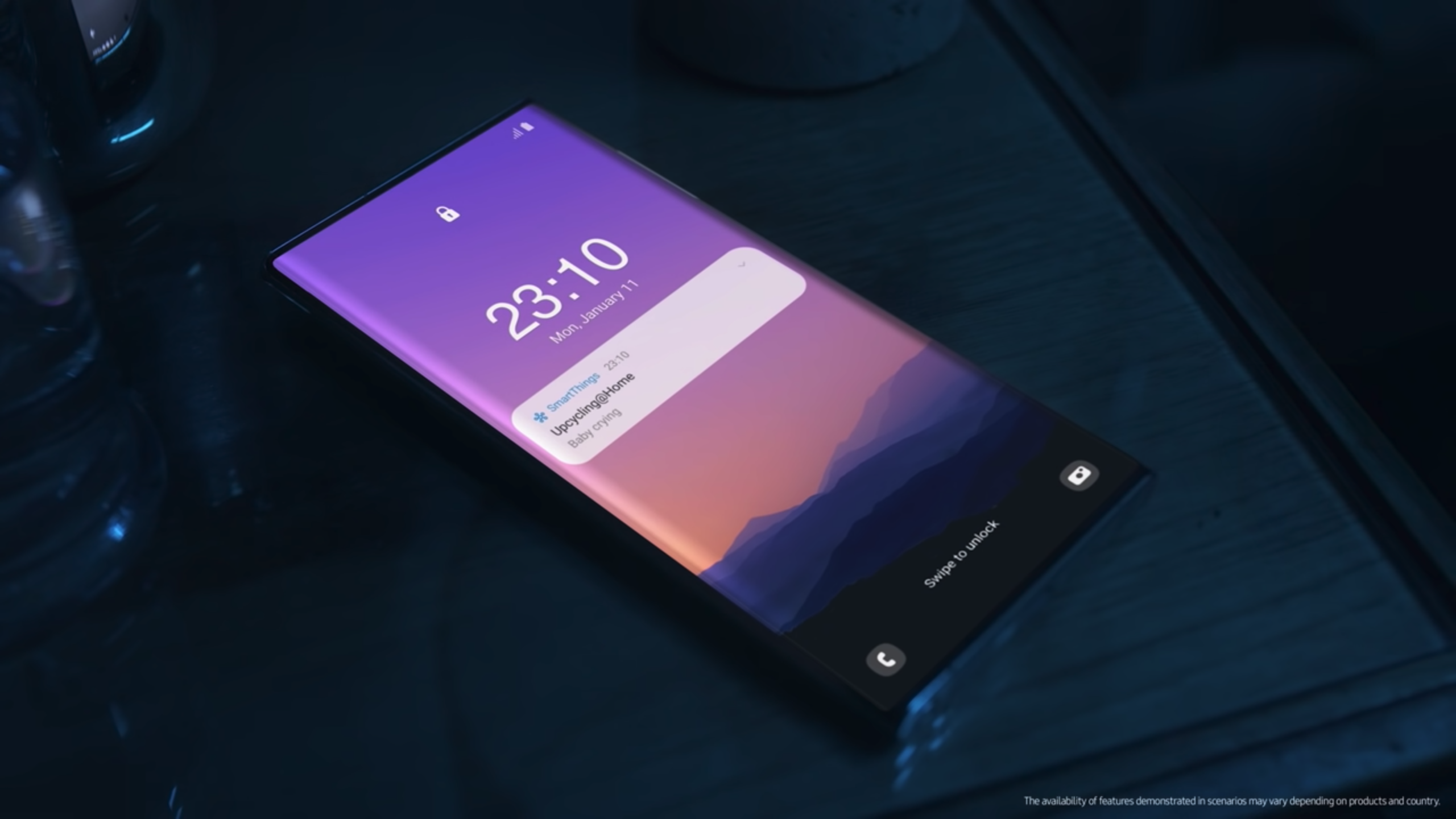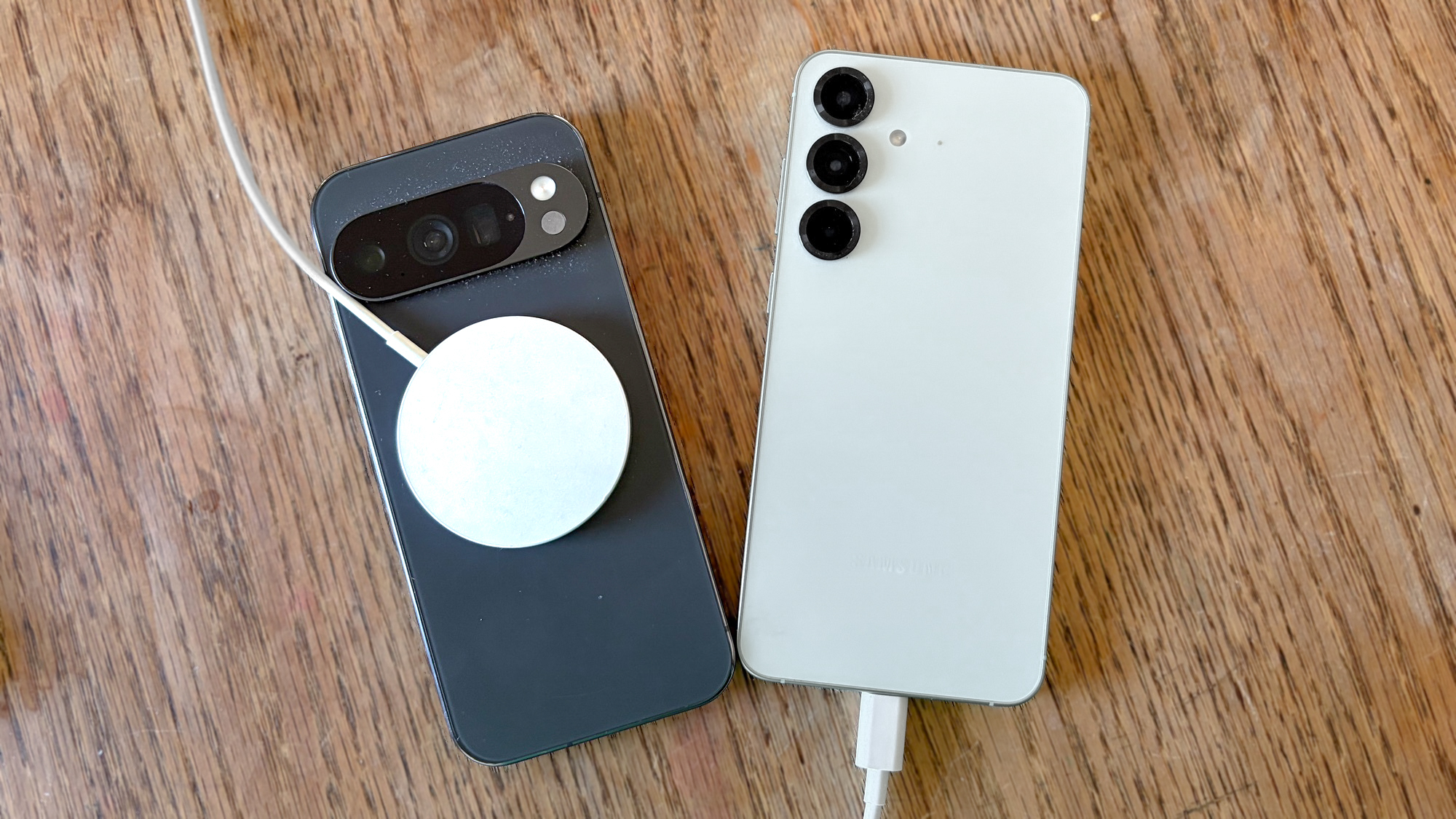Samsung Galaxy Note 21 needs to steal this under-display camera breakthrough
Forget foldables — under-display facial recognition is the new coolest phone tech

Recent rumors paint the Samsung Galaxy Note 21 as being in a tricky spot without a unique selling point. We’ve got an idea of how it could stand out.
A post from ZTE’s Weibo page has announced a new generation of under-display camera tech. The ability to hide a selfie camera beneath the screen is still a novelty, and if Samsung were to develop its own version, it could give the Galaxy Note line a new lease on life.
- ZTE Axon 20 5G review: First phone with under-display camera
- These are the best phones available to buy now
- Plus: Stunning iPhone Fold video teases Apple’s foldable future
ZTE has experience in this area already. The ZTE Axon 20 5G was released last year, bearing the first under-display camera in the world. But while it was technically impressive, it took substandard selfies compared to rival phones.

The new generation of under-display camera increases the pixel density in the area from 200 pixels per inch (PPI) to 400 PPI, which should make it blend in more effectively with the area of standard display around it.
As you can see in the below image of the Axon 20 5G, it can sometimes be very obvious where the camera is located due to that lower pixel density.

In addition, the display’s refresh rate has been increased from the 90Hz we saw on the Axon 20 to 120Hz. That brings the screen in line with the maximum refresh rate found on many of the best Android phones today, such as the Samsung Galaxy S21 series.
However, ZTE hasn't seemed to answer the photo quality problem. This stems from the fact that putting a layer of pixels between the subject and the camera reduces the amount of light that reaches the photo sensor, making the final image darker and blurrier. Fixing this would require some improved photo processing software, or a radically redesigned display that lets more light pass through it.
Get instant access to breaking news, the hottest reviews, great deals and helpful tips.
The other big reveal ZTE posted was for an under-display 3D scanner, apparently another world first. This would allow for facial recognition systems, such as Face ID on the iPhone 13, to work without a notch in the display.

ZTE says this technology could be used for 3D modeling, AR applications and even payment systems, although its post doesn’t go into detail on how.
Why the Galaxy Note 21 needs it
ZTE is currently the only company using these under-display sensors, but it may not be alone for long. There are rumors of a hidden selfie camera on the Samsung Galaxy Z Fold 3, as well as the Note 21, both of which are due out by the end of the year. And in 2022 we’re likely to see even more devices using under-display tech, as it continues to be refined.

The Galaxy Note 21 is in greater need of it than the Z Fold 3, though. Now that Samsung is offering its S Pen stylus on the Samsung Galaxy S21 Ultra, and is rumored to be doing so on the Galaxy Z Fold 3 also, the Galaxy Note series has lost its unique selling point. Therefore, if Samsung wants to keep the Note alive, it needs something new and impressive to make the phone stand out — and this under-display camera and 3D scanner tech would fit the bill.
It may be some time before all of the best phones on the market use under-display cameras. But it’s fascinating to see the technology develop before our eyes, and we look forward to trying these second-gen under-display sensors when they arrive on a production device.
More: Google Pixel Fold could challenge Samsung Galaxy Z Fold 3 later this year

Richard is based in London, covering news, reviews and how-tos for phones, tablets, gaming, and whatever else people need advice on. Following on from his MA in Magazine Journalism at the University of Sheffield, he's also written for WIRED U.K., The Register and Creative Bloq. When not at work, he's likely thinking about how to brew the perfect cup of specialty coffee.
